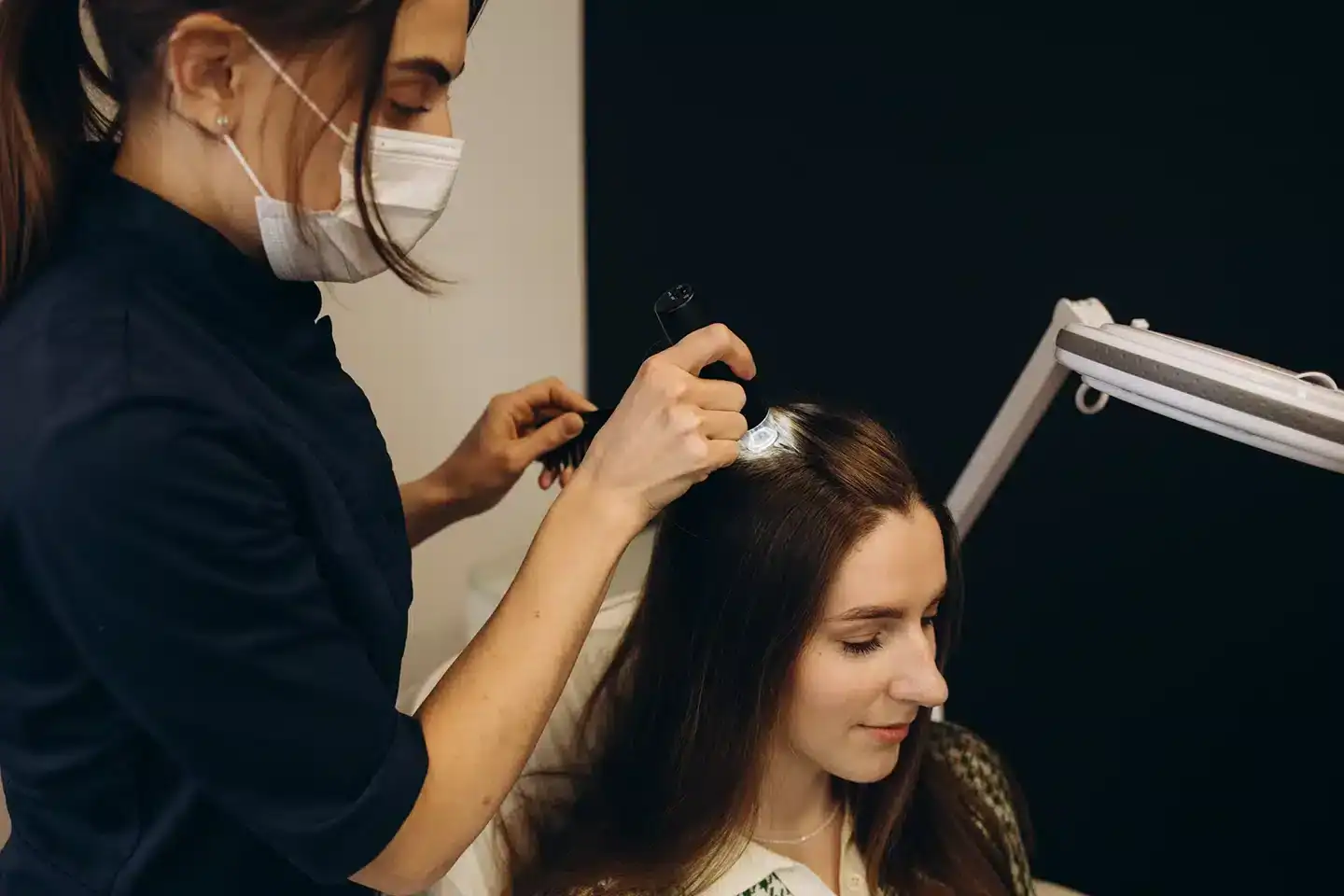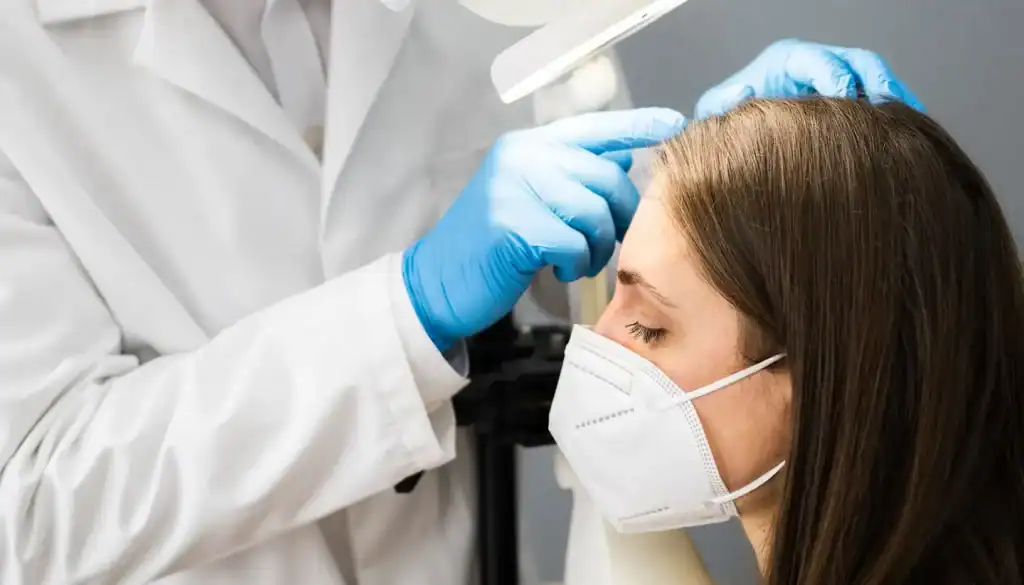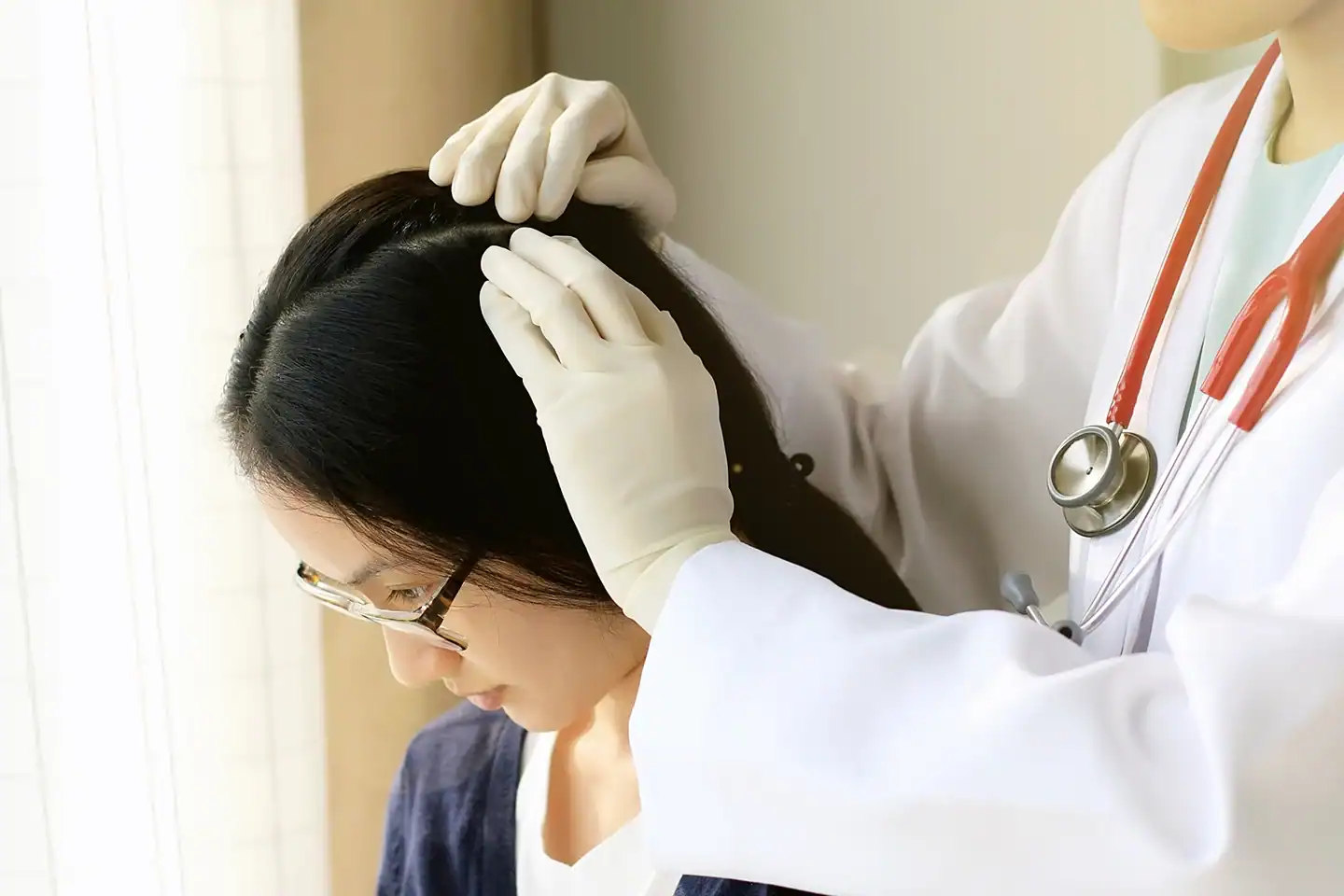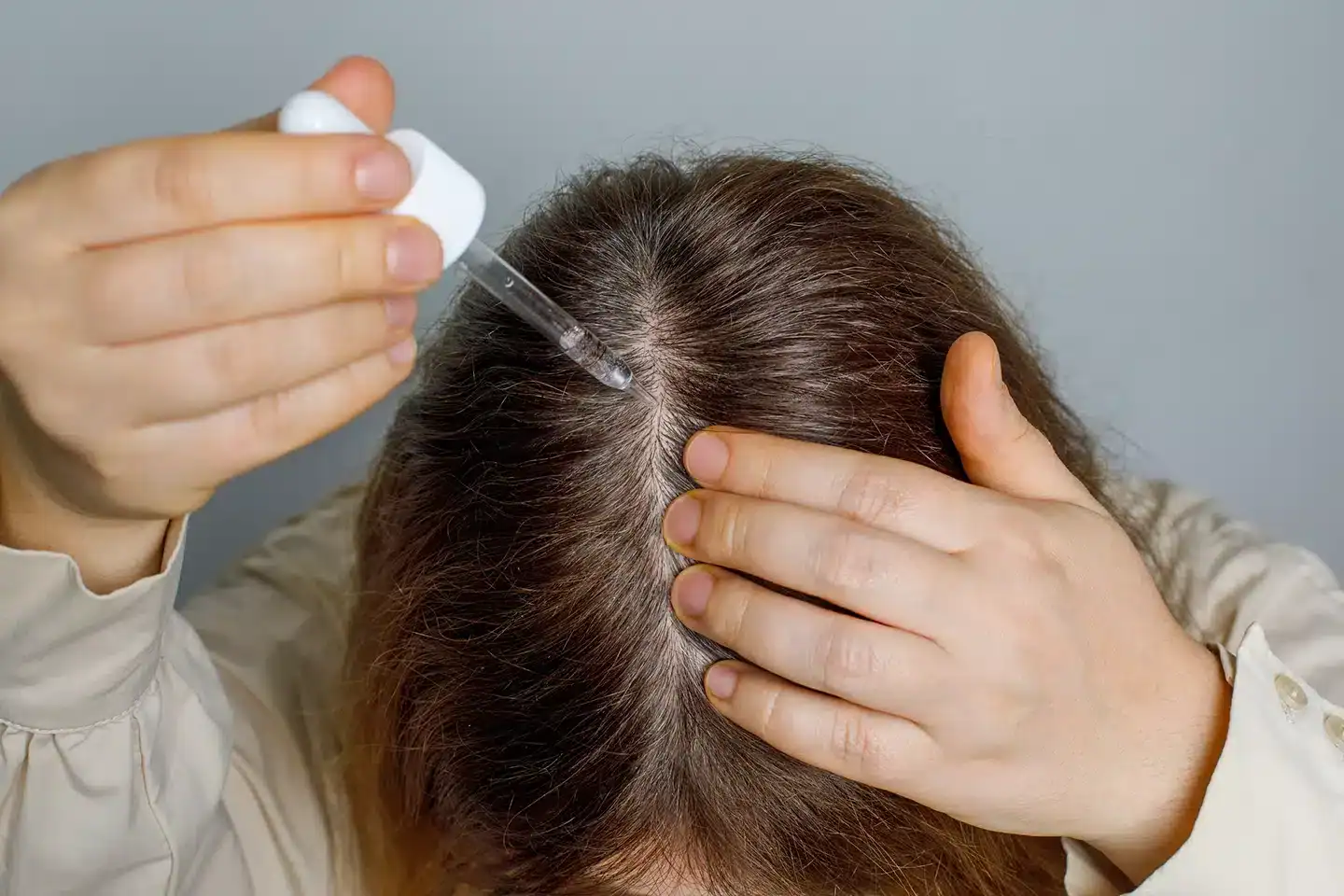Female hair transplantation is a sophisticated medical procedure designed to restore natural hairline contours and overall density in women experiencing hair loss. This physician-performed surgery involves carefully extracting individual hair follicles from the permanent donor areas at the back and sides of the scalp, then meticulously implanting them into thinning regions. While less common than male procedures, female hair restoration has become increasingly sought after, with specialized techniques developed to address the unique patterns of women’s hair loss. At Canadian Hair Transplant Center, all surgical steps are performed by licensed physicians, ensuring each hair follicle is positioned to match natural growth patterns and create undetectable results.





These images represent actual female hair restoration patients treated at the Canadian Hair Transplant Centre using physician-performed surgical techniques. Results vary based on donor area density, pattern of hair loss, scalp laxity, and adherence to post-operative protocols. Individual hair transplantation outcomes depend on biological factors and cannot be guaranteed. All procedures shown were performed without delegation to technicians.
A female hair transplant is a physician-performed microsurgical procedure in which individual follicular units are harvested from donor areas resistant to DHT and strategically implanted into areas of thinning or loss. Female hair restoration requires specialized techniques, as women typically present with diffuse thinning rather than complete baldness. The Canadian Hair Transplant Center utilizes both Follicular Unit Extraction and Follicular Unit Transplantation methods, selecting the most suitable approach based on the characteristics of the donor area, scalp laxity, and individual hair restoration goals.
Important Medical Note: Patients who have not previously consulted a medical professional for their hair loss are strongly recommended to see their family physician or obtain a referral to a medical dermatologist. This ensures they are medically stable and that any underlying conditions are identified before pursuing hair transplantation surgery.


The hair restoration process begins with a detailed analysis of both the hairline area and donor regions using digital trichoscopy. This technology allows precise counting of hair follicles per square centimetre and assessment of follicular unit characteristics. Local anesthesia ensures complete comfort during the procedure.
For FUE, individual hair follicles are extracted using micro-punches that preserve surrounding tissue. For FUT, a strip containing thousands of hair follicles is removed and meticulously dissected. All grafts containing viable hair follicles are maintained in temperature-controlled storage throughout the procedure.
This approach is ideal for female patients who wish to preserve their current hair length and styling. Individual hair follicles are extracted one by one, leaving no linear scar. The letterbox technique creates small “windows” in the donor area that remain hidden beneath longer hair. This allows the extraction of 1500-2500 hair follicles without any visible signs of surgery, making it perfect for women who wear their hair up or in various styles.
This technique maximizes the number of hair follicles harvested in a single session, typically yielding 2,000-3,500 grafts containing 4,000-8,000 individual hairs. The linear excision is strategically placed where natural hair fall provides coverage. Our trichophytic closure technique enables hair follicles to grow directly through the incision line, resulting in a virtually invisible scar. This method is particularly effective for women needing extensive hairline lowering or significant crown coverage.

Pre-Surgical Medical Clearance: Patients without previous medical evaluation for hair loss should consult their family physician or dermatologist before pursuing hair transplantation. This ensures identification and treatment of underlying conditions that could compromise donor area quality or hair restoration outcomes.

Ideal candidates for surgical hair loss treatment must have stable hair loss patterns, adequate donor area density, and have completed an appropriate medical evaluation. Canadian Hair Transplant Center requires a comprehensive assessment to ensure optimal hair transplantation outcomes.
Clinical Evaluation for Hair Restoration Candidacy:


Note: A medical evaluation is recommended before combining treatments with hair transplantation.


“On the actual day of the surgery, I could not have asked for a better experience. All the staff are so knowledgeable, and work in unison like a well-oiled machine. They truly care about your experience and want to ensure that you are comfortable.”
Disclaimer: Hair transplantation results vary based on the characteristics of the donor area, individual biology, and post-operative compliance. These testimonials represent individual hair restoration experiences and do not guarantee similar outcomes.
Schedule a comprehensive assessment at the Canadian Hair Transplant Centre to determine if you are a suitable candidate for hair transplantation. During your consultation, we will evaluate your donor area using trichoscopy, review your medical history, and discuss in detail the potential hair restoration outcomes achievable for you. We will consider factors such as female hair transplant cost, donor density, and your long-term goals. Our team will create a personalized treatment plan tailored to the characteristics of your donor area and your specific restoration goals.
Important: If you have not seen a medical professional for your hair loss, we strongly recommend obtaining an evaluation from your family physician or dermatologist before scheduling a hair transplantation consultation.
Female hair loss has multiple causes that must be evaluated before hair transplantation:
Ideal candidates have:
Poor candidates include those with diffuse unpatterned alopecia (DUPA), active autoimmune conditions, or insufficient donor hair density.
Female hair restoration requires fundamentally different approaches:
Two main techniques are offered at the Canadian Hair Transplant Centre:
Yes, several medical treatments can complement or precede hair transplantation:
Note: Medical treatments should be discussed with your physician before hair transplantation.
Recovery follows a predictable timeline:
Most patients return to normal activities within 3-5 days, avoiding strenuous exercise for 2 weeks.
When performed correctly, transplanted hair follicles produce permanent results. The relocated follicles retain their genetic resistance to DHT and continue to grow throughout life. However, surrounding native hair may continue to thin if the underlying causes aren’t addressed. Some patients benefit from maintenance medications or additional procedures to preserve overall density.
Hair transplants involve the use of your own living hair follicles that are relocated from donor areas, allowing them to grow naturally and permanently. In contrast, hair implants consist of synthetic or artificial fibres that are implanted into the scalp. Unlike hair transplants, these do not grow and require replacement over time.
Canadian Hair Transplant Centre only performs natural hair transplantation using your own follicles.
Hair transplant costs vary based on:
Most female hair restoration procedures range from $6,000 to $15,000. Consultation provides personalized pricing based on your specific needs.
Generally, insurance does not cover hair transplantation, as it’s considered a cosmetic procedure. Rare exceptions may include:
Most patients utilize financing options or payment plans for their hair restoration investment.
Hair transplantation for Black women and women with textured hair requires specialized expertise:
Canadian Hair Transplant Center has experience with all hair types and ethnicities.
In female hair transplants, donor hair comes from:
These areas contain DHT-resistant follicles that maintain their characteristics after transplantation, ensuring lasting results.
Yes, staged procedures are common for optimal results:
Allows gradual density building
Preserves donor resources
Permits reassessment between sessions
Reduces single-procedure risks
Most patients wait 12-18 months between procedures to evaluate growth and plan additional restoration.